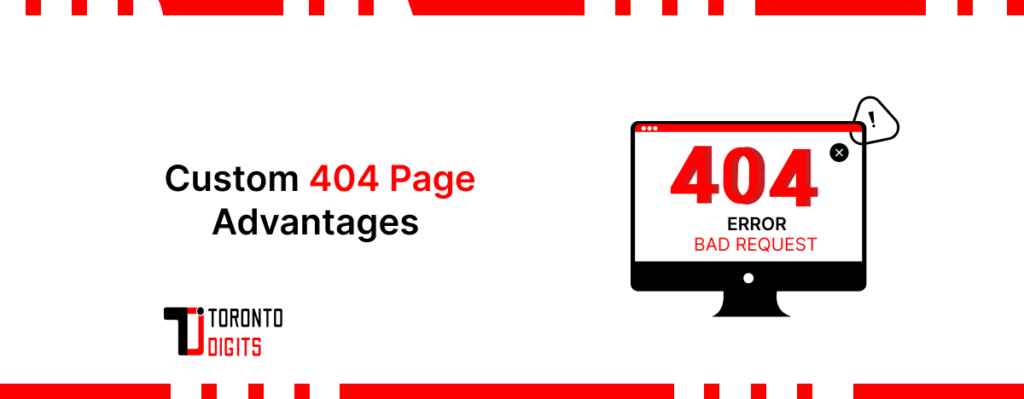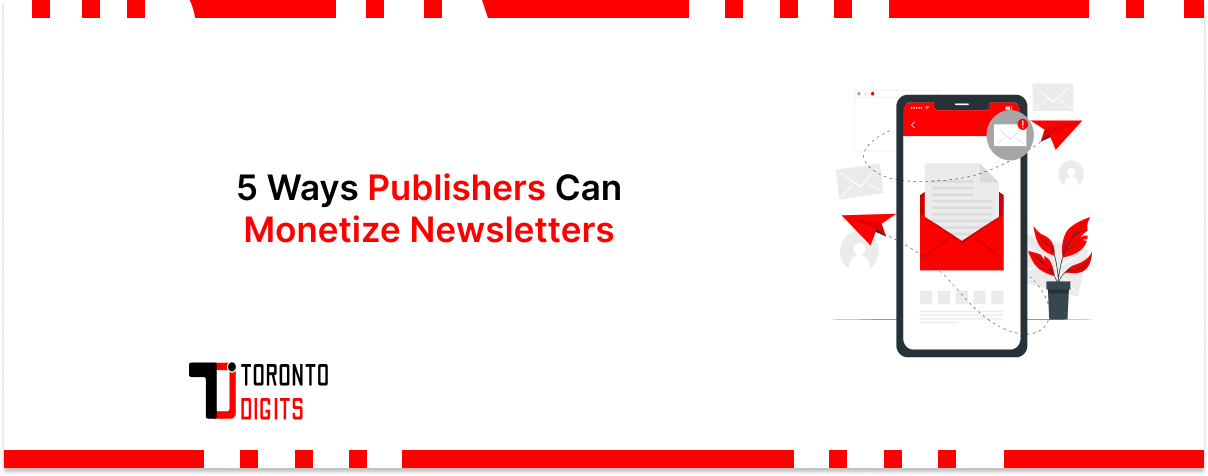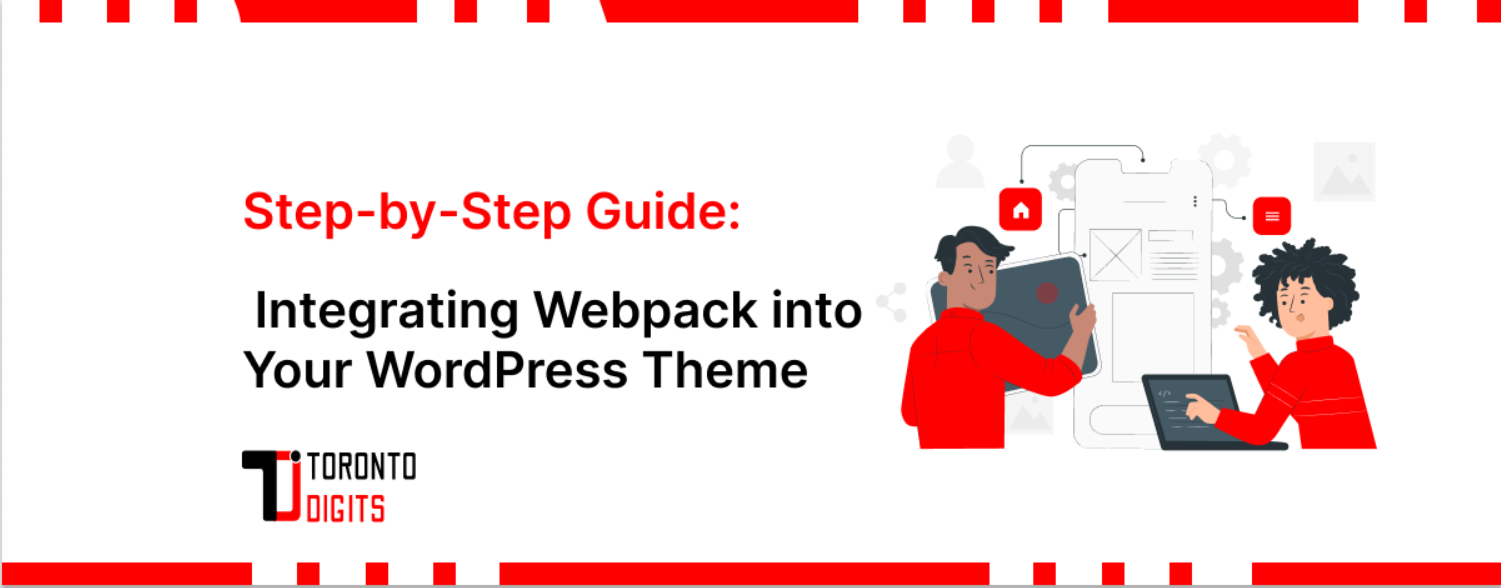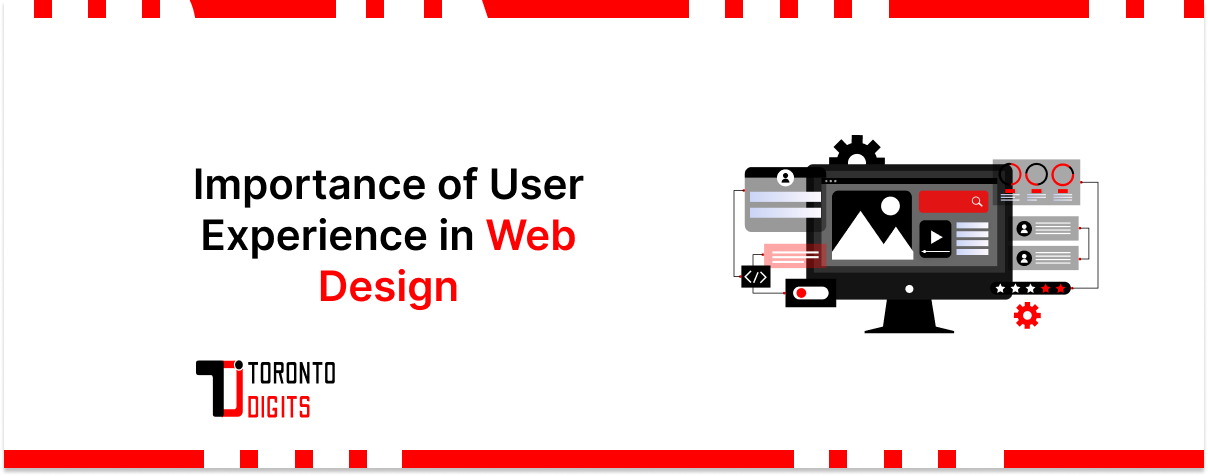Navigating the online world can sometimes lead to unexpected detours, such as landing on a 404 error page, indicating that the desired webpage cannot be found. 404 errors are part of the 400-series errors, commonly caused by broken links or removed pages. While this might initially seem like a minor setback in the user’s journey, it presents a significant opportunity for website owners and digital marketers. Security impacts 404 errors as compromised URLs or misconfigurations can trigger them unexpectedly. By using custom 404 pages, what is traditionally viewed as a navigational mishap can be transformed into a strategic advantage. These custom pages turn an error message into an engaging, brand-enhancing experience that not only mitigates frustration but also guides users back to relevant content. However, poorly managed 404 pages can slow down a site, making optimization essential.
The benefits of implementing custom 404 pages extend beyond mere aesthetics, touching on crucial aspects such as user retention, brand consistency, search engine optimization, and even potential conversions. 404 management is part of site maintenance, helping prevent user drop-off and crawl issues. Backups prevent 404-related data loss in cases of accidental content removal or structural changes. Through thoughtful design and strategic implementation, custom 404 pages emerge as powerful tools for maintaining a positive user experience, even in the face of errors.
Let me know if you’d like this adapted into a short-form social post or a slide for a presentation
What is a 404 Error?
A 404 error is a standard HTTP response code that indicates the webpage a user was trying to reach could not be found on the server. It’s a client-side error, meaning the error has occurred due to the requested page being moved or deleted, or because the URL was typed incorrectly. Essentially, the server is functional and communicating with the client (the user’s web browser), but the specific page requested is unavailable.
When a 404 error occurs, the server typically sends a default 404 error page, informing the user that the webpage cannot be found. This default page can be very basic and not particularly helpful in guiding the user back to the active parts of the website. That’s why many websites create custom 404 error pages that are more user-friendly, offering links to the homepage, search functions, or popular content, thereby improving the user’s experience even when they encounter a dead end.
Default vs. Custom 404 Pages
- Default 404 Pages are automatically generated by the web server and are typically plain, containing a basic message like “404 Not Found” without additional information or options for further action. These pages do not offer guidance to the user on what to do next, potentially leading to frustration and a higher likelihood that the visitor will leave the website.
- Custom 404 Pages are designed by website owners to replace the default server-generated pages. They are tailored to fit the look and feel of the website, offering a much friendlier and helpful experience to lost visitors. Custom 404 pages often include:
- An apology or a light-hearted message acknowledging the missing page.
- Navigation menus or a search box to help users find what they were looking for.
- Links to popular or relevant content.
- Sometimes, creative and humorous graphics or messages lighten the mood and make the error page more memorable.
Importance of 404 Pages
Despite being error messages, 404 pages are an important aspect of website design and user experience. They provide a way to recover user engagement when someone stumbles upon a missing page. Instead of leaving the visitor stranded, a well-designed 404 page guides them back to the website, potentially converting a lost visitor into a satisfied user. Furthermore, by monitoring the occurrence of 404 errors, website owners can identify and fix broken links, missing content, or other issues that contribute to a poor user experience.
Also Read: The Rise of No-Code Web Development
Custom 404 Page Advantages
On the internet, running into a 404 error page is very common, just like finding sand at the beach. These pages used to be the end of the line, stopping users in their tracks. But now, things have changed. Custom 404 pages have turned these dead ends into chances to catch a visitor’s interest, show off a brand, and even make a sale. By creatively using 404 pages, websites can make a mistake like a missing page into an opportunity. Let’s look at how custom 404 pages are making a big difference.
Enhancing User Experience (UX)
The primary objective of a custom 404 page is to improve the overall user experience on a website. A well-designed 404 page that is both informative and engaging can significantly mitigate user frustration associated with encountering a dead link. Instead of presenting a dead end, it guides users back to relevant sections of the website, keeping them engaged and reducing bounce rates.
Strengthening Brand Identity
A custom 404 page presents a unique canvas for creative expression and brand reinforcement. It allows brands to showcase their personality, whether through humor, creativity, or sheer inventiveness. This not only makes the 404 error less frustrating for the user but also leaves a lasting impression, reinforcing the brand’s image in the user’s mind.
Improving SEO
While a 404 page itself doesn’t directly impact a website’s search engine rankings, the way it is handled can affect the user experience and, subsequently, SEO. Search engines prefer websites that cater to their audience’s needs and provide a good user experience. A custom 404 page that redirects users to useful content or the homepage can help maintain the site’s SEO health by ensuring that visitors continue to engage with the site, reducing bounce rates.
Boosting Conversion Rates
A well-thought-out custom 404 page can subtly encourage users to take specific actions, such as signing up for a newsletter, viewing special offers, or returning to the homepage to continue browsing. By providing links to popular content or contact information, businesses can guide lost visitors toward conversion points, turning a potential exit into an opportunity for conversion.
Collecting Useful Analytics
Custom 404 pages can be equipped with analytics to track how often they are seen and how users interact with them. This data is invaluable for website owners, as it helps identify broken links or popular content that no longer exists. Armed with this information, site administrators can fix issues, redirect popular but missing pages, and improve the site’s overall structure and content strategy.
Showcasing Creativity and Innovation
A custom 404 page is a playground for creativity and innovation. It’s an opportunity to surprise and delight visitors with something unexpected. From interactive games to funny images or messages, creatively designed 404 pages can transform a moment of disappointment into a memorable experience, encouraging users to share the page on social media, thereby increasing the site’s visibility and traffic.
Providing Helpful Resources
Beyond merely redirecting visitors, custom 404 pages can offer helpful resources or suggestions. This could include a search bar, a list of popular posts, or links to other sections of the website. By providing these options, the 404 page becomes a helpful guide, steering visitors towards finding the content they were initially searching for.
Conclusion
In essence, custom 404 pages represent a unique opportunity to enhance user experience, reinforce brand identity, improve SEO, boost conversion rates, and even collect useful analytics. Far from being mere digital afterthoughts, they should be integral components of a comprehensive web design and digital marketing strategy. In the digital realm, where first impressions are crucial and user engagement is king, custom 404 pages stand out as unsung heroes, transforming potential frustration into positive interaction opportunities. By investing in a creative and strategic approach to 404 pages, businesses can unlock their hidden potential, turning lost visitors into engaged users and, ultimately, loyal customers.




